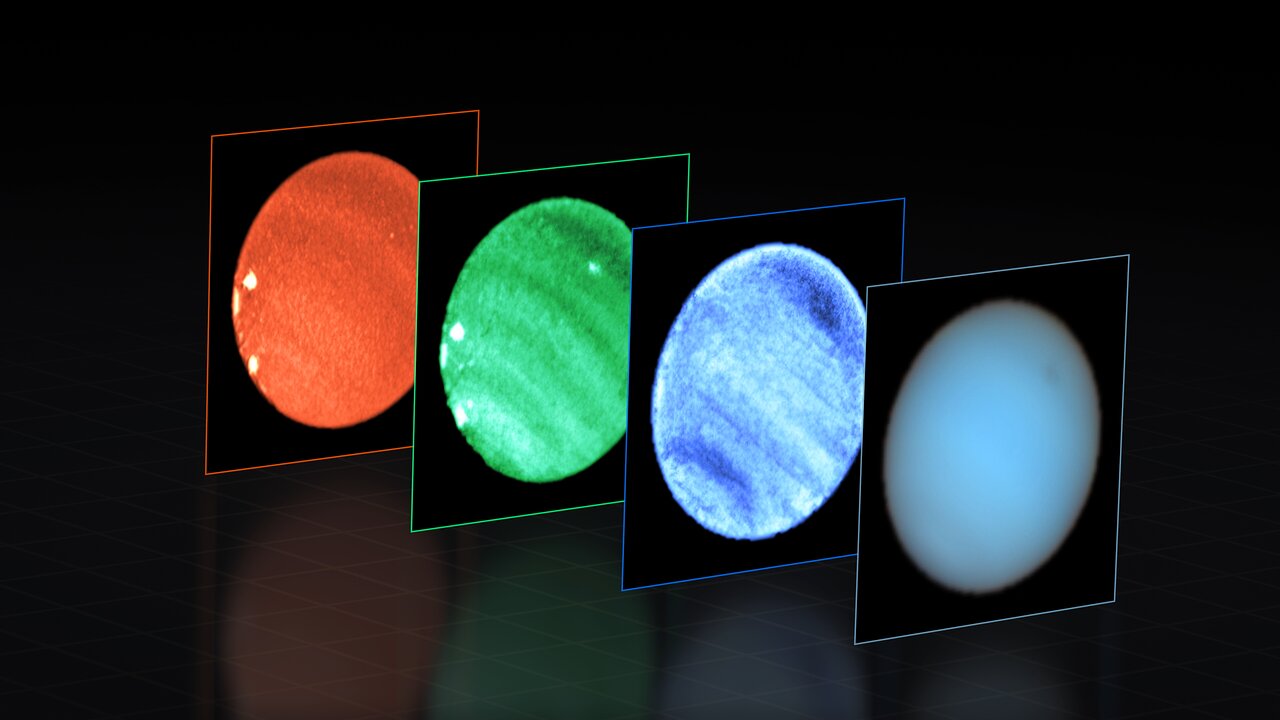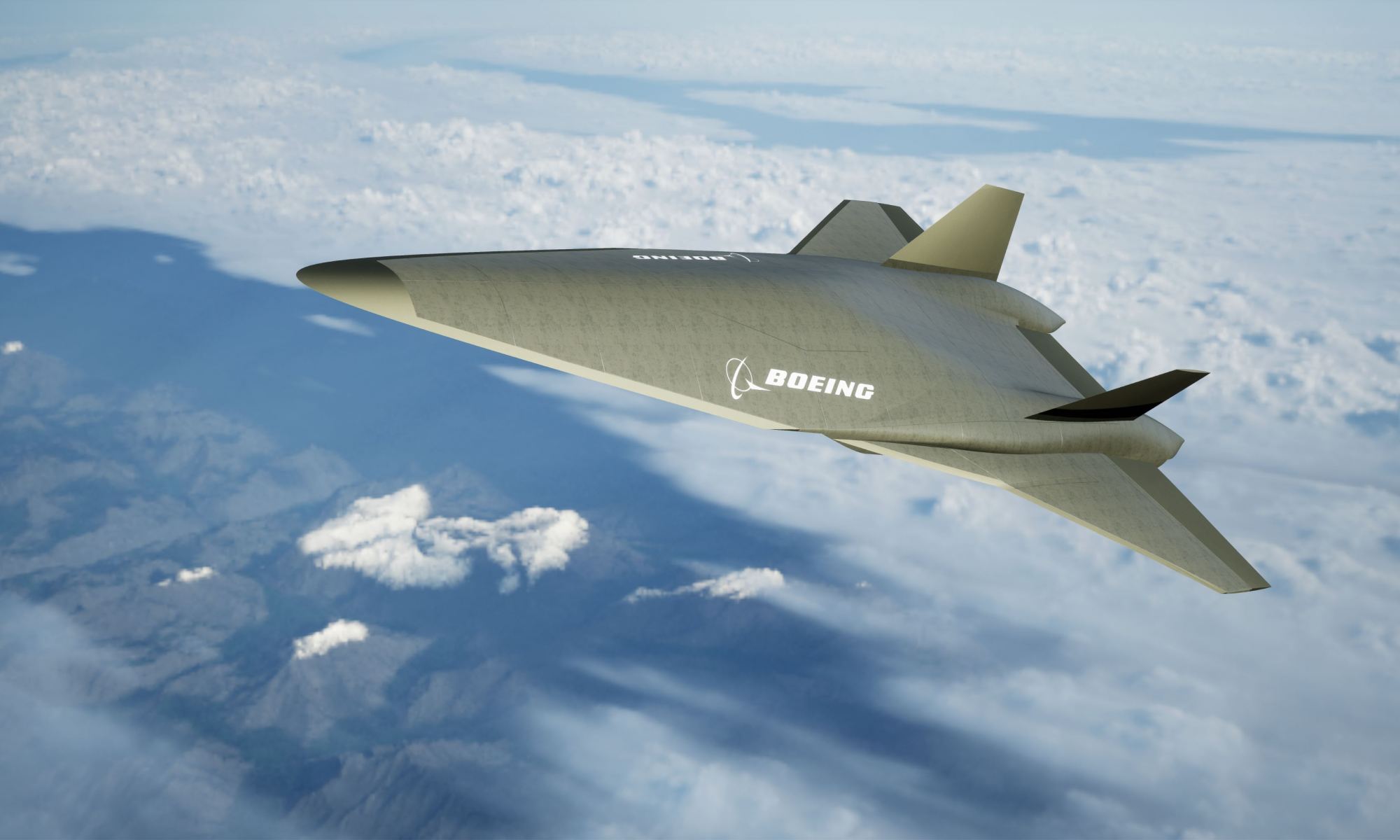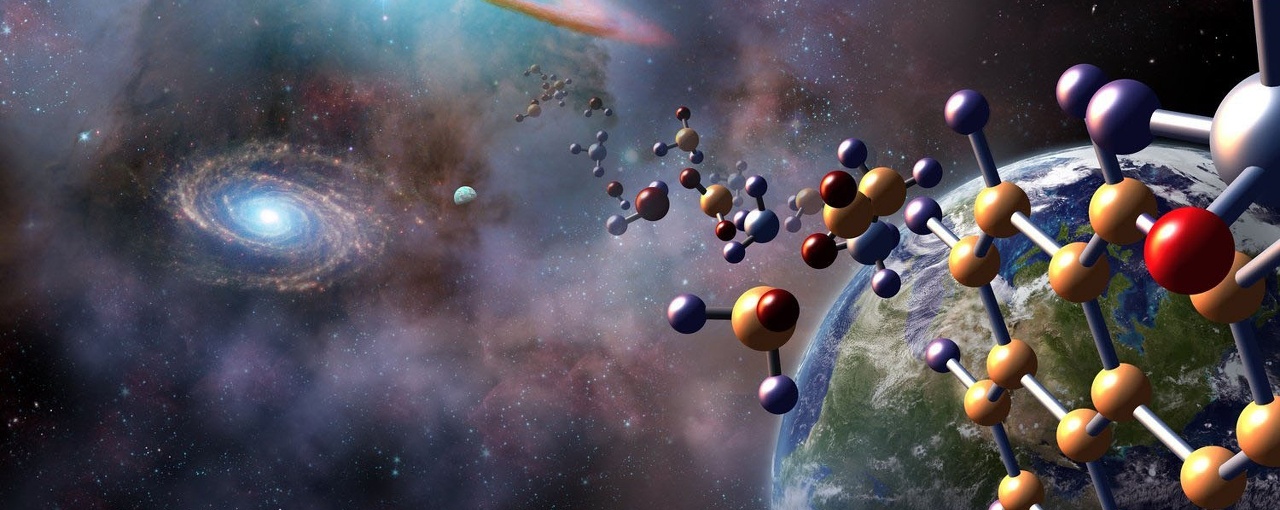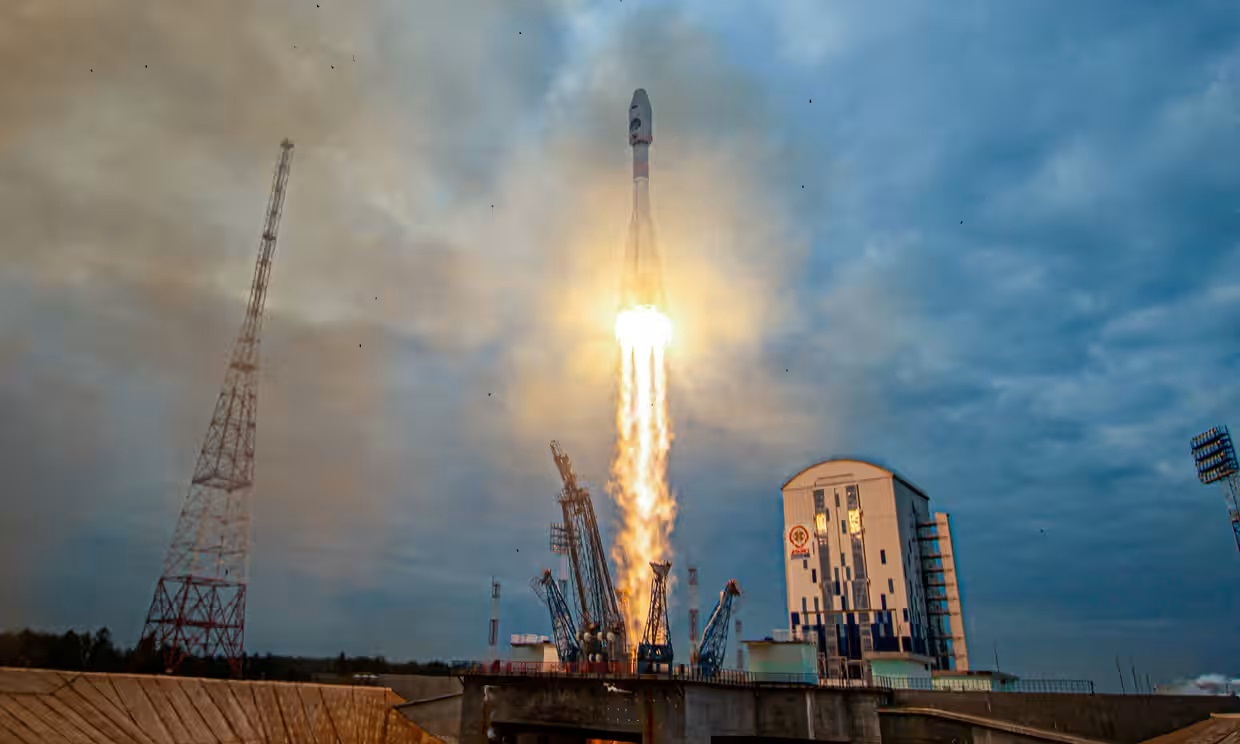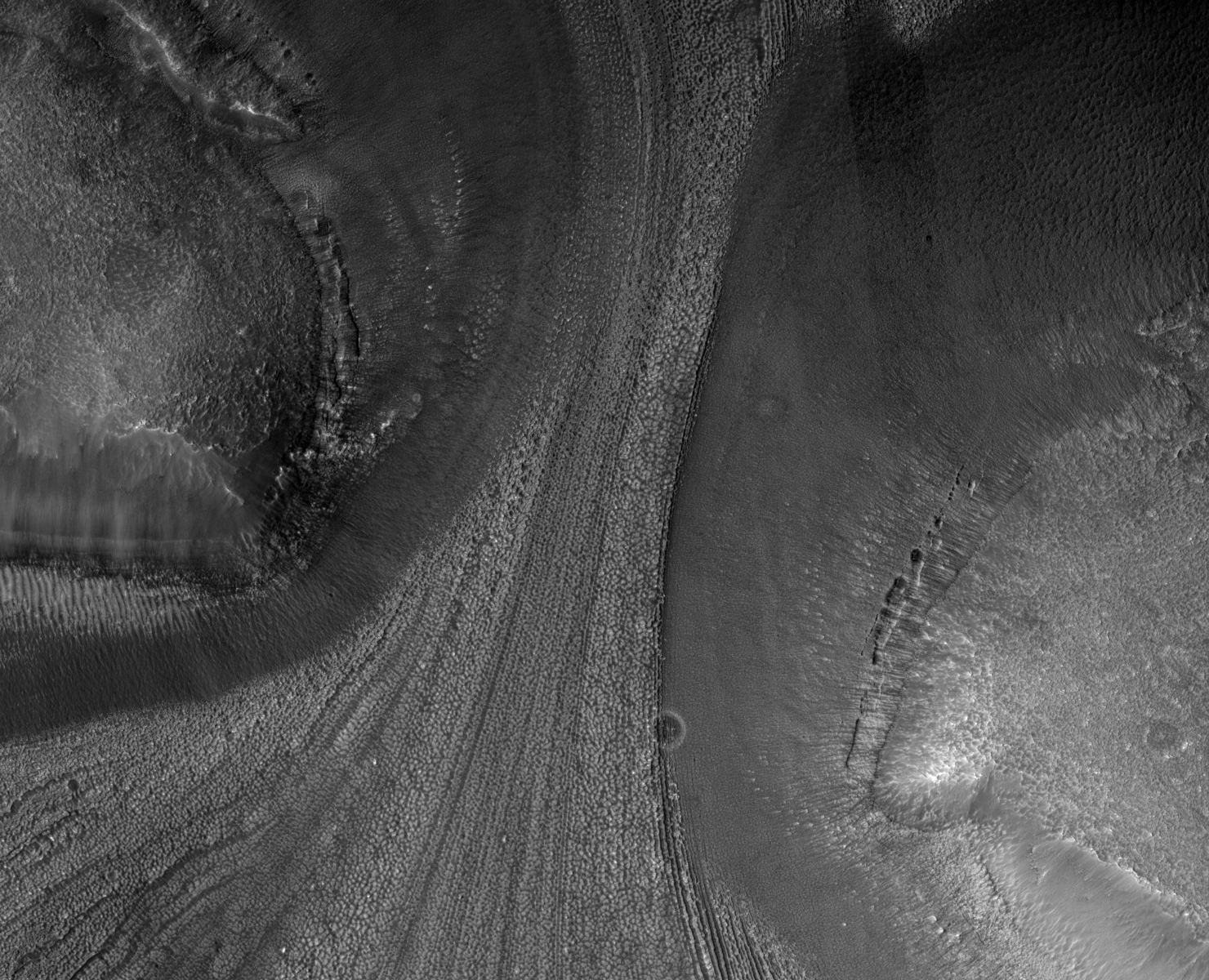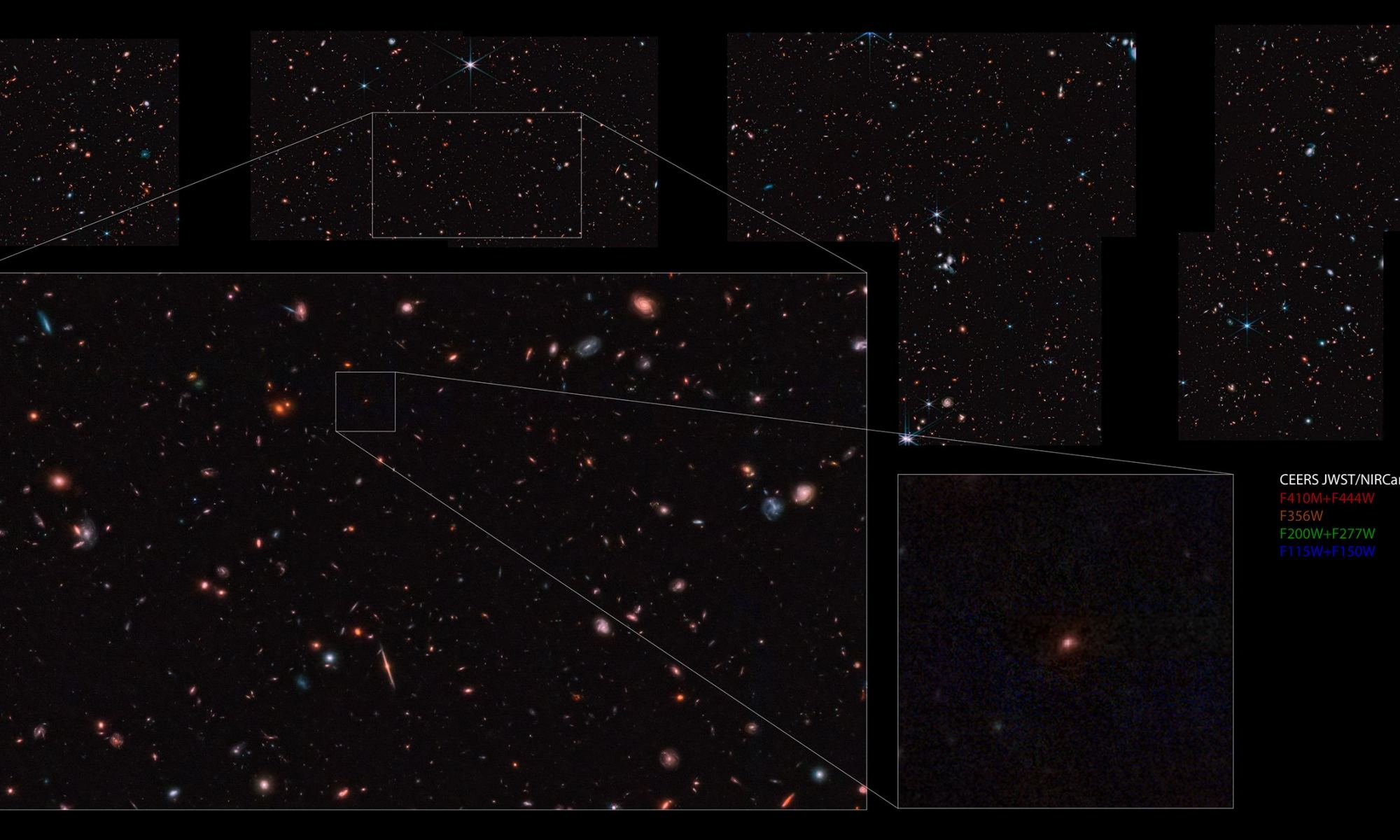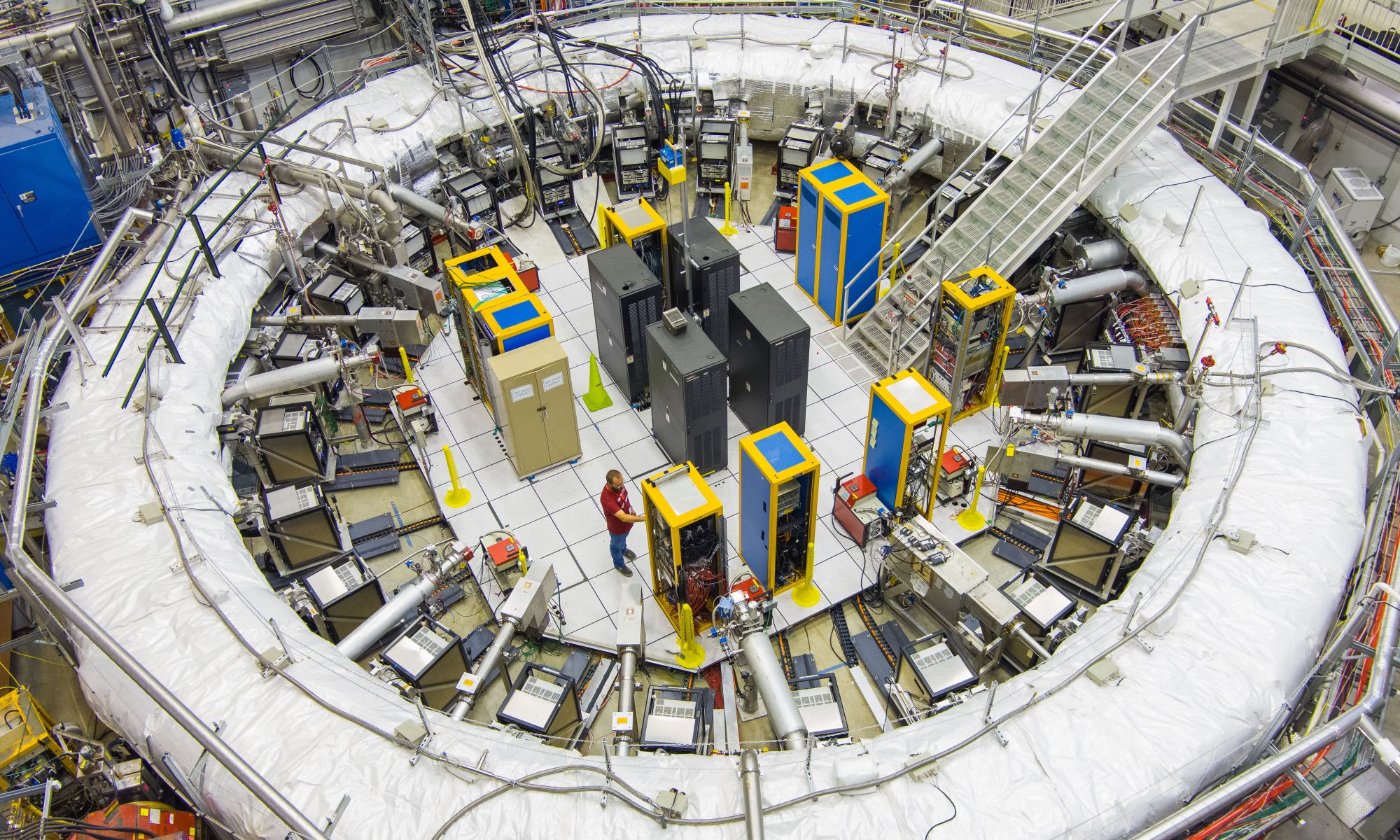There’s no getting around it: our Solar System’s gas giants all have big, conspicuous spots on their faces. These include Jupiter’s Great Red Spot, Saturn’s Great White Spot, Uranus’ Great Dark Spot, and Neptune’s Great Dark Spot. Far from blemishes or features that tarnish the planets’ natural beauty, these “spots” are caused by massive storms or other processes in the planets’ atmospheres. While they are extremely large by Earth standards, they are difficult to study by anything other than robotic probes that can get close to the planet.
Neptune’s Great Dark Spot was not discovered until NASA’s Voyager 2 probe flew past the planet in 1989 on its way to the edge of the Solar System. Decades later, scientists are still unsure how this storm originated or what mechanisms drive it today. Using the ESO’s Very Large Telescope (VLT), a team of astronomers was able to observe the Great Dark Spot for the first time using a ground-based telescope. Their results provided the most detailed data on the spot to date and some interesting insights into the nature and origin of this mysterious feature.
Continue reading “One of Neptune's Dark Spots Finally Seen From Earth”
